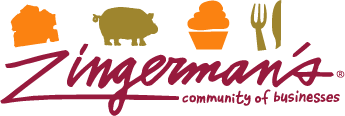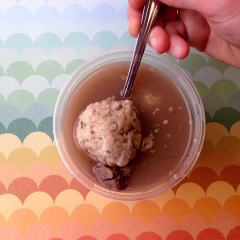
One of the World’s Top Jewish Food Experts Visits Zingerman’s
An Interview with Joan Nathan Meet Joan Nathan, world-renowned authority on Jewish cooking, James Beard and IACP award-winning author of 11 cookbooks, New York Times and Tablet Magazine contributor, star of the PBS television series Jewish Cooking in America with Joan Nathan, University of Michigan alum, and friend of Zingerman’s. We’ve followed Joan’s career and […]
Read more »

Zingerman’s Art for Sale